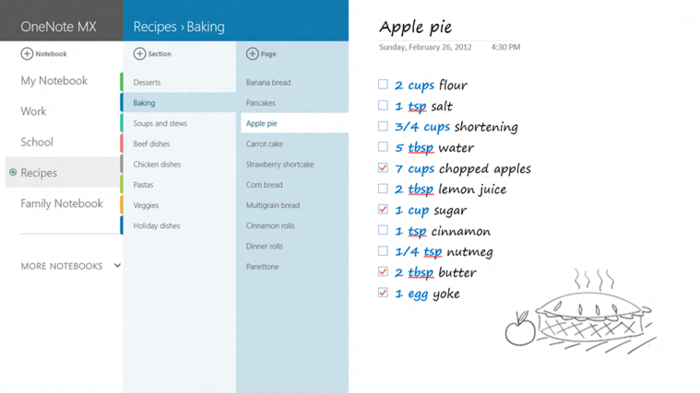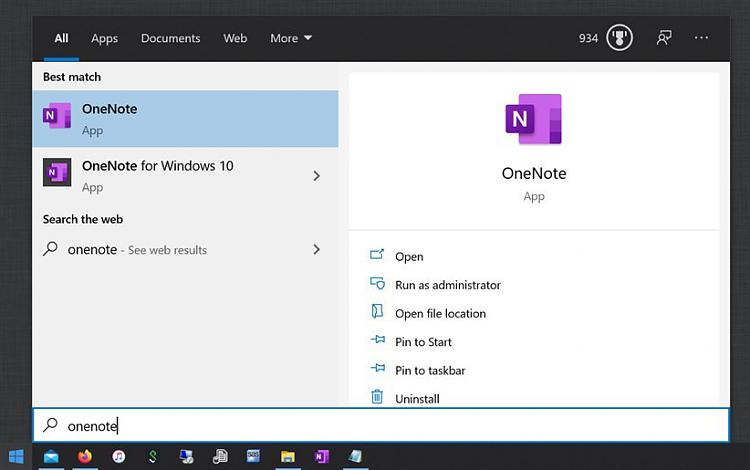

You might also have a separate OneNote account for your company, one for school, and another one for your personal notes. It all sounds so simple until your workload blows up to an overwhelming size. You can outline a recipe in OneNote and create a shopping list in Microsoft To Do for the ingredients you need to get.

When something new crosses your mind, you’ll always know where to store it depending on the type of information it is. Why Having More Than One Task List Is Unproductiveįor many productivity gurus, using a tool solely for the purpose it was built for is the way to go. Using more than one app to manage your tasks can pose more threat to your productivity than you think. Now as convenient as it may be to keep your notes and tasks separate, you’ll want to tread this path carefully. In fact, Microsoft has made it clear that they’ve designed the to-do app to be the ideal single destination for your tasks in Microsoft 365. This means you’ll have to navigate through all your notebooks and pages in order to stay on top of everything that needs to be done.Īs a note-taking application, managing your tasks in OneNote just isn’t as efficient as it would be in an actual task management tool, say, Microsoft To Do.

As you discuss ideas with your team, you come up with several deliverables for the project and eventually end up with many different notes with their own isolated to-do lists. Let’s say you’re taking down meeting notes for an upcoming marketing campaign. When you use OneNote to capture your ideas, save important information, or plan an entire project from scratch, it’s only natural that you end up with actionable items that’ll put what you’re working on to completion. Microsoft To Do and OneNote are two of the tools most commonly used together whether you have a Microsoft 365 subscription or not - and it only makes perfect sense. If your work is deeply integrated with the Microsoft ecosystem, you’ll know there’s a range of task management tools where your work might reside.


 0 kommentar(er)
0 kommentar(er)
